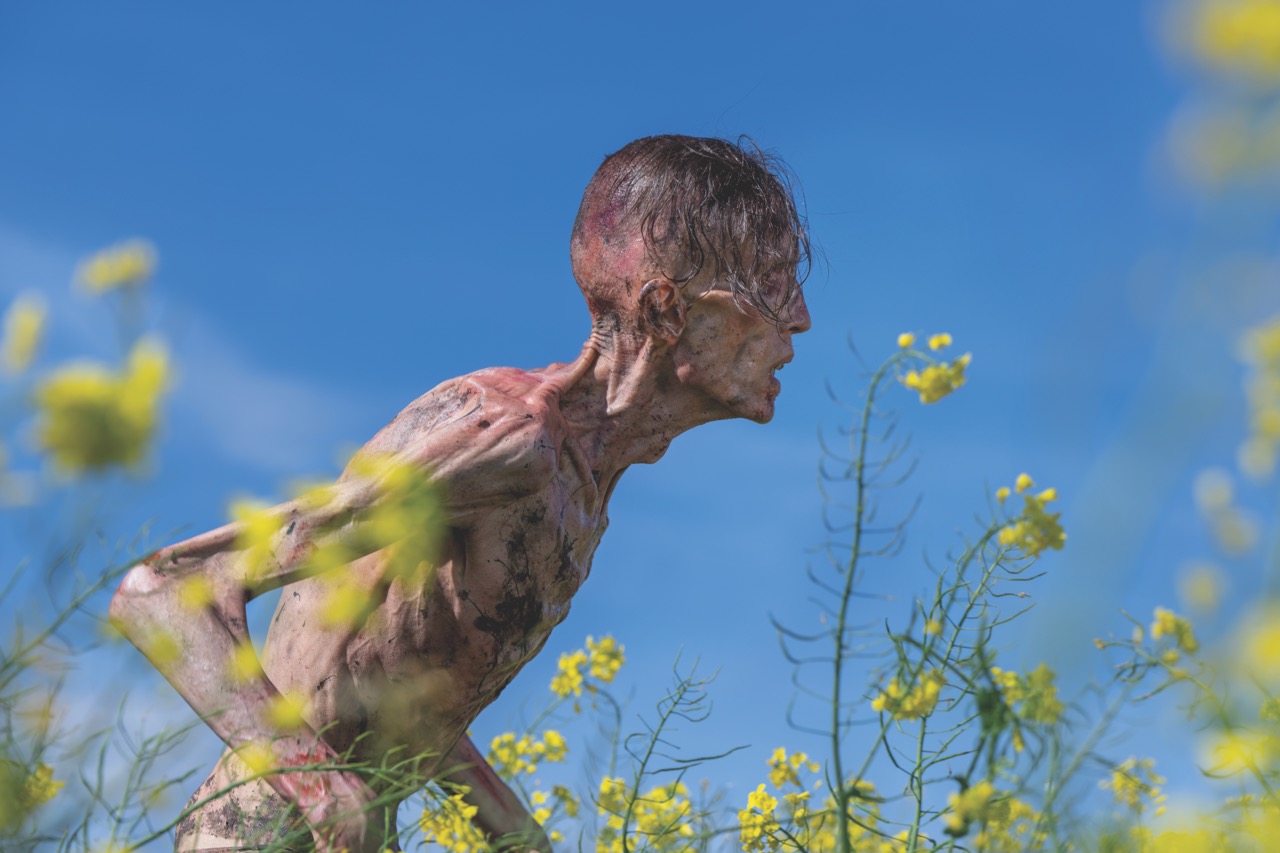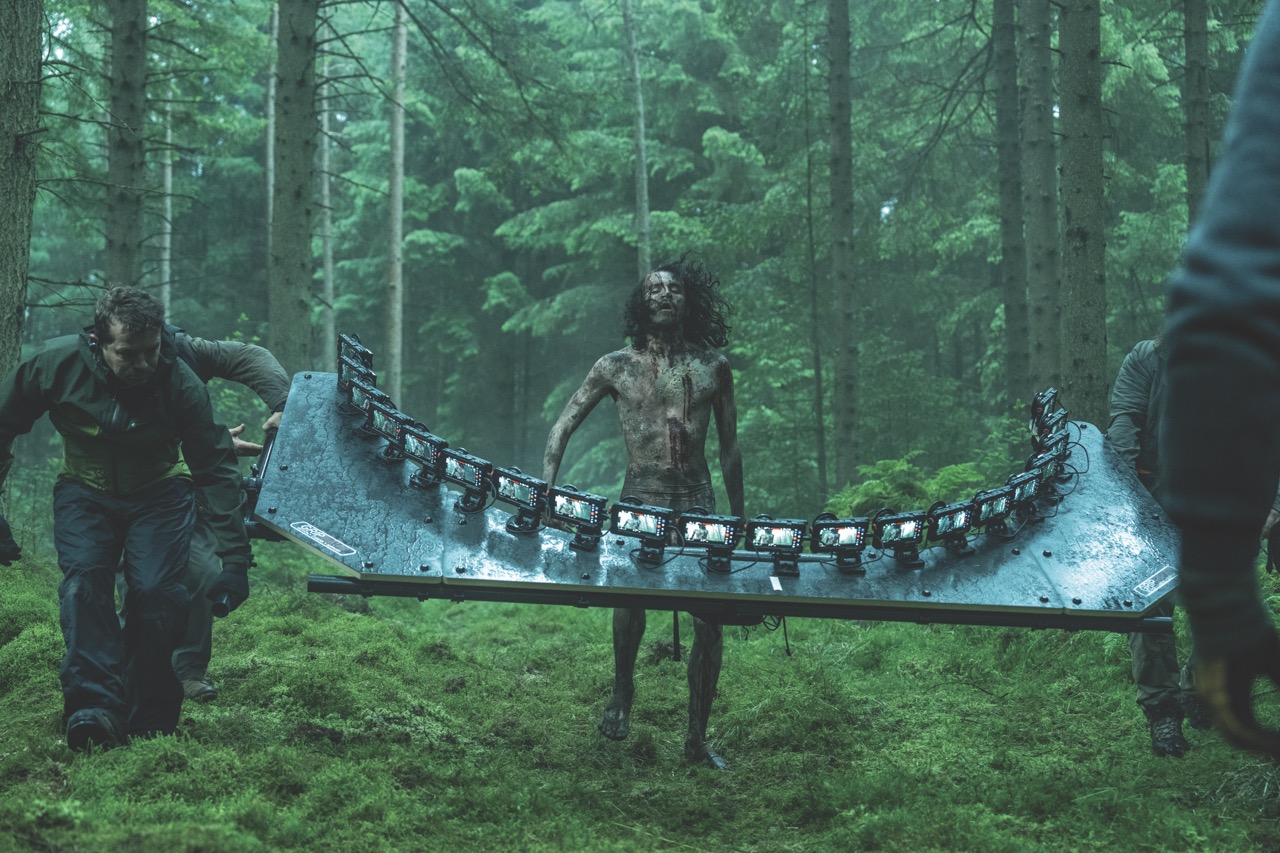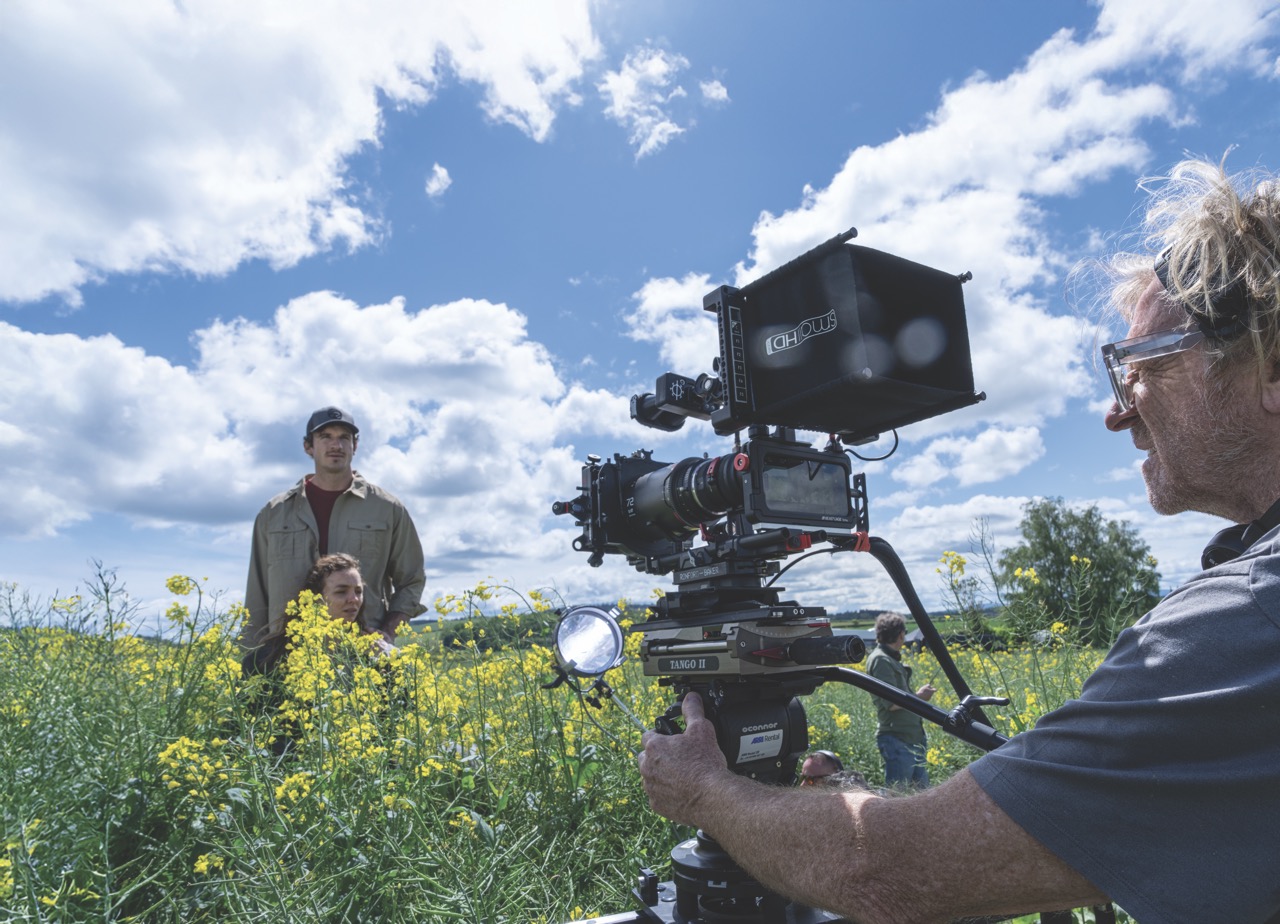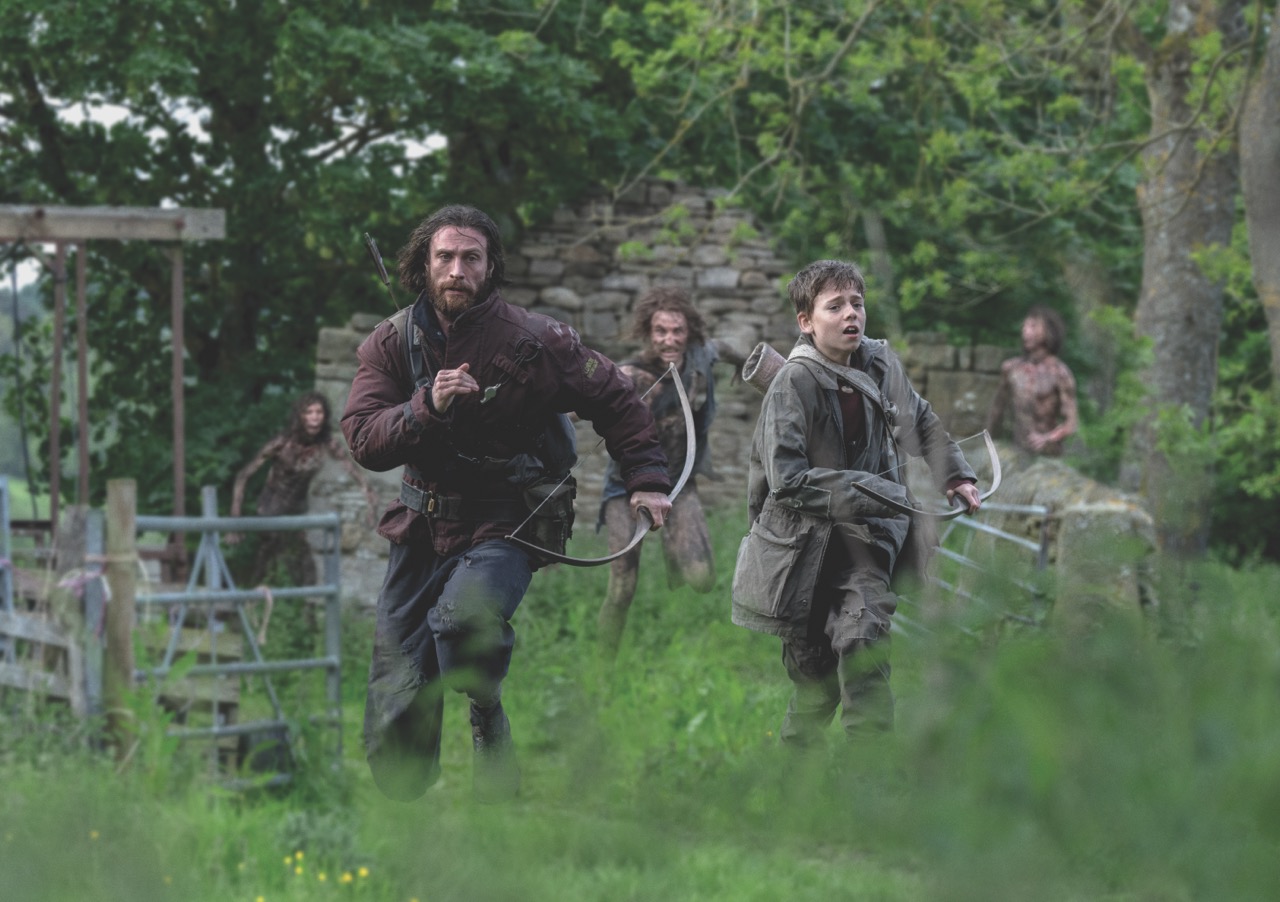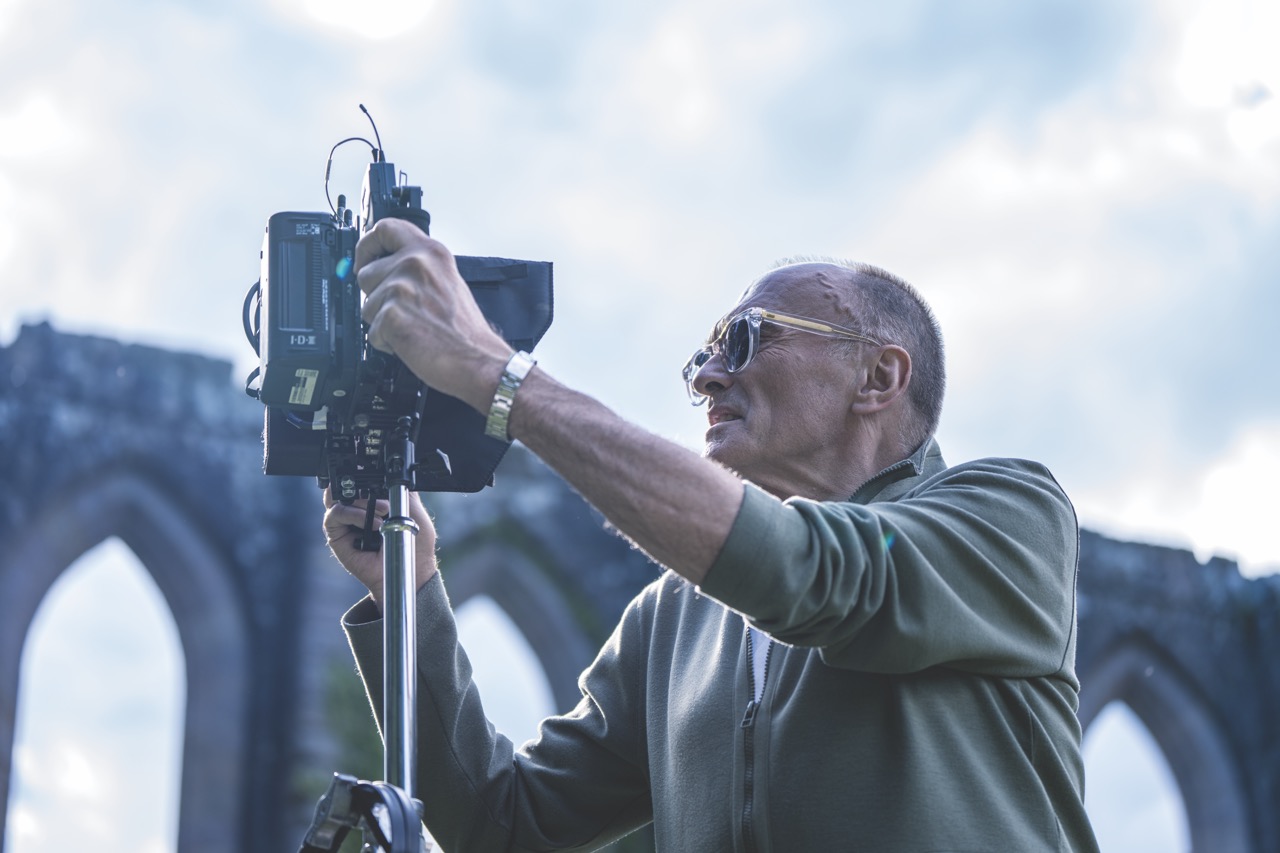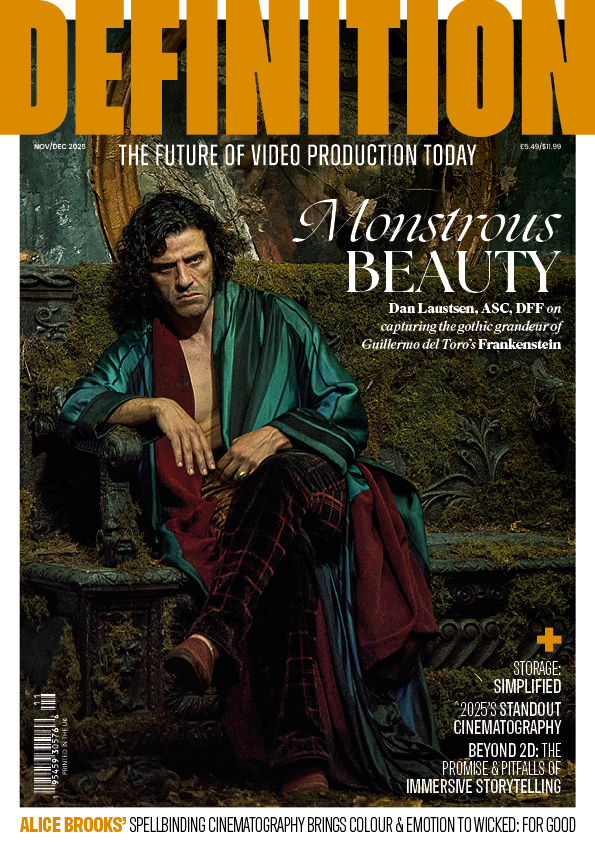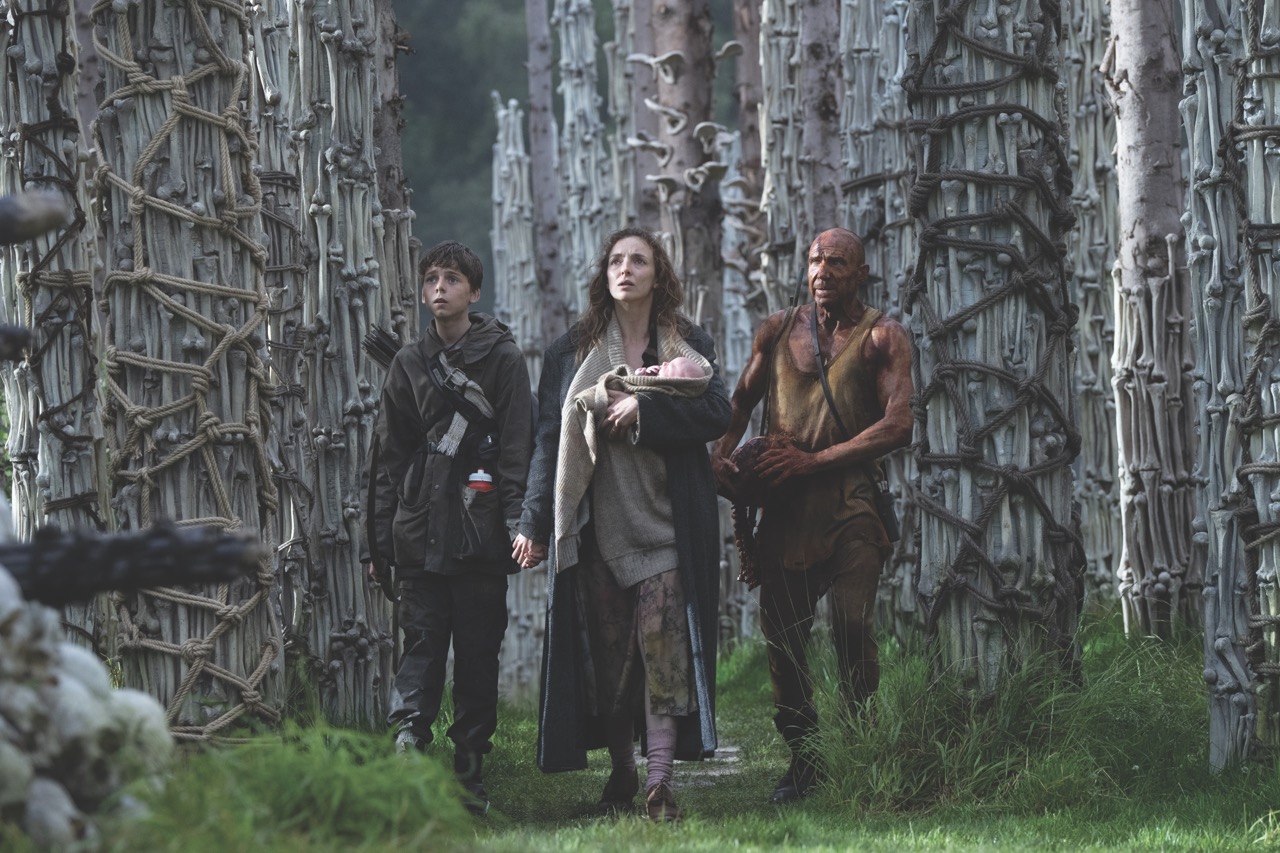
Production: 28 Years Later
Posted on Jul 11, 2025 by Admin
“Coming back to that world some 20 years later, you feel ready for fire”
As the cult zombie film returns with its much-anticipated third act, DOP Anthony Dod Mantle discusses shooting 28 Years Later with iPhone 15s
Words Oliver Webb | Images Sony Pictures
Following the events of its predecessors 28 Days Later and 28 Weeks Later, 28 Years Later follows a group of survivors of the Rage virus who inhabit a small island. When one of the group leaves the island on a mission, he discovers the infested horrors of a mainland plagued by the outbreak.
Having previously shot 28 Days Later, which also marked his first feature collaboration with director Danny Boyle, Anthony Dod Mantle, DFF, BSC, ASC served as the film’s DOP. Dod Mantle has shot the majority of Boyle’s films since, including Millions, 127 Hours, Trance and the 2008 film Slumdog Millionaire, for which he won an Academy Award for best cinematography. Their most recent collaboration was 2017’s T2 Trainspotting, so it was only natural that the two would reunite for 28 Years Later.
Boyle was originally inspired by the films of George Romero for 28 Days Later and, of course, this film is part of the same universe. “We didn’t discover the genre; we just sort of reignited it, and 28 Days Later was a lot more successful than anybody expected it to be,” begins Dod Mantle. “Coming back to that world some 20 years later, you feel ready for fire and it’s quite unnerving. With Danny, the expectation is enormous. People also have a certain expectation of the level of aura and the type of horror. The difference with this one is that it’s agrarian and agricultural. It’s a vast space that is very different from the urban landscapes of London. You’ve got a bombardment of green information, which is not my favourite colour, but I grew to love it in this film. One of the biggest challenges was trying to find existing ancient landscapes and dropping people into it.”
28 Days Later was shot using Canon XL1 digital cameras, a technique that was pioneering for its time. Boyle and Dod Mantle’s initial conversations about the look of 28 Years Later revolved around shooting the film on the same camera, as they wanted to maintain the gritty realism depicted in the original, but opted instead for the iPhone to keep with the times. “I thought that’s suitably unusual for Danny,” says Dod Mantle. “It’s not a completely original idea, but it’s an interesting idea for a $75 million film. Luckily, Danny and I can speak frankly with each other as we know each other well. I was down to the lions to try and figure out how to accomplish it. The next few weeks was about helping him realise his dream. I know he is also prone to dropping you in a semi-deep hole or bog in the middle of the countryside suddenly on day three. I respect him for that and know that can happen, so now I’m standing in front of two or three people and I can’t quite achieve what he wants.”
To help prepare for the unexpected demands of the film, Dod Mantle explored additional lensing and alternative technique compatibility with the smartphone. “I felt that Danny and some of the producers were awaiting some kind of epiphany I would come up with,” he smiles. “I started looking at production meetings, storyboards and the geography we had to travel, as well as landscapes we wanted to see and feel, and how he wanted to cover the scenes. Danny likes to work extremely fast and furious, which I love. For example, there would be situations written in the storyboard as a rat zoom, but I thought I’m not going to give him this; I’m going to almost hand out iPhones to actors and sew them into their costumes. We had many iPhones, actually. They are very lightweight and we were not putting any stabilisation inside the camera. We had to use small stabilised systems of our own. We had multicam systems, where you had between eight and 20 iPhones placed in an array, which we could then trigger manually.”
As well as relying on iPhone 15s, Dod Mantle captured the film with additional thermal cinematography and infrared. “For those shots, I used a very old Panasonic camera, which I found alongside my dear camera operator Stefan Ciupek. We found four or five dotted around Britain that could achieve a better signal, better resolution and still get the same thing – which is essentially an internal heat camera for animals and people – for one part of the film. There’s also a lot of drone footage in the film, courtesy of DJI. There’s one I call the howler – a tiny sensor, not the same quality, but it flies really close and doesn’t hurt anybody.”
The actors never knew which frame would be used – and neither did Boyle, a technique Dod Mantle had previously experimented with during the making of the 1998 Dogme 95 film Festen (The Celebration) – directed by Thomas Vinterberg. The Dogme 95 manifesto consisted of a number of rules, including that shooting must be on location; the camera must be handheld (with any movement or immobility attainable in the hand permitted); and optical work and filters are forbidden. Working within those constraints enabled Dod Mantle to explore innovative ways of working, and 28 Years Later was no different.
Dod Mantle developed a lens set specifically for the film that consisted of prosumer anamorphic lenses. “I didn’t like any of the 1.55 squeeze click-on phone lenses; they distorted too much,” he adds. “I liked the 1.33 and thought it was interesting to have in my hand a little gadget and anamorphic capability through an app that produced a spectacular wide-screen image. That became even wider during our final tests, eventually evolving to 2.76:1.”
One of the more logistically challenging sequences to capture was the Alpha causeway sequence. “It’s a weird limbo land and this starry night,” details Dod Mantle. “The two characters have to navigate their way through the causeway and they are chased by an Alpha. I knew we’d have to shoot it day for night, as we have working hours with kids. Also, the summer weather in Britain is extremely erratic. When Danny and I were looking for existing causeways, we realised there were so many issues attached to locations. We contemplated shooting it dry and then adding in water with VFX. We ended up going for a massive interior warehouse, which we then filled with water. We built a set and there was no lighting rig, so we had to put the rigs and lights up ourselves.”
“You’re meant to feel petrified and fearful, and there’s this broadly presumptuous idea that the skies are without pollution as there are no industries or cars,” he continues. “We contacted astronomers and found this astronomy centre up north, where we shot plates through their extraordinary equipment. We could then map together these beautiful sky plates in the effects afterwards. Additionally, we had a certain amount of haze and traditional effects for the sequence, as well as Technocranes, a track and dolly.”
Despite the technical challenges presented while making the film, Dod Mantle loved the process of fitting the pieces together and coming up with a new system from the previous two films. “I haven’t made a film like this before with these tools. I seem to go back to the first letters of the alphabet and start all over again every time – that’s what we did with this one,” he concludes.
This story appears in the July/August 2025 issue of Definition


